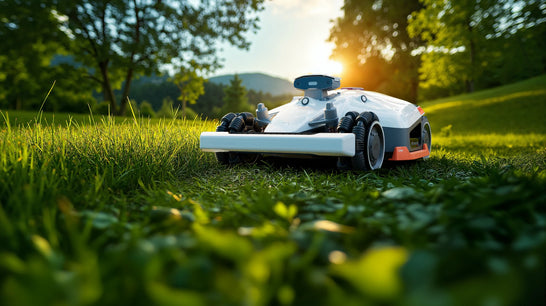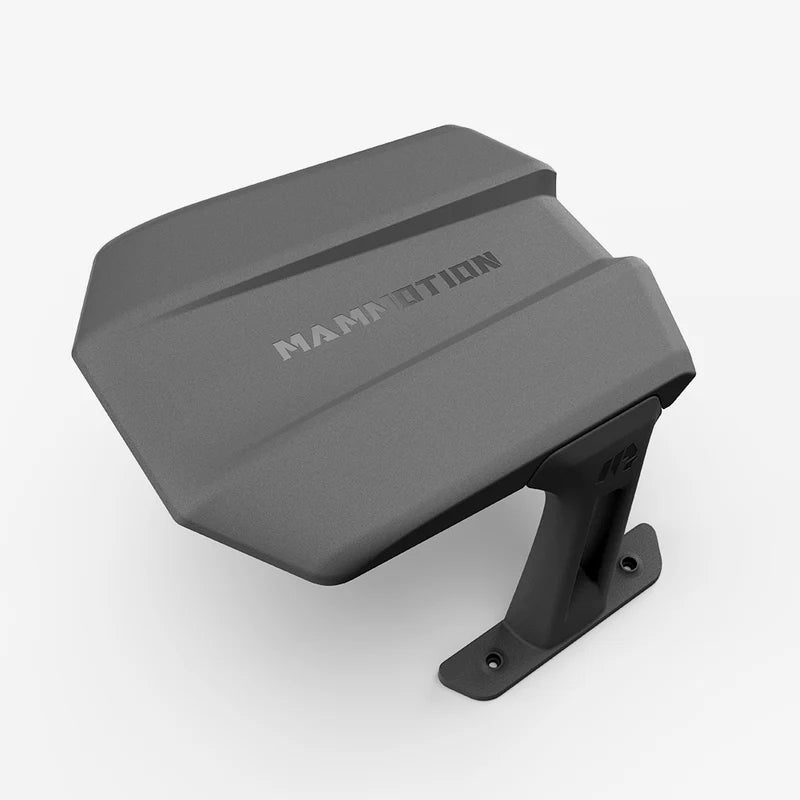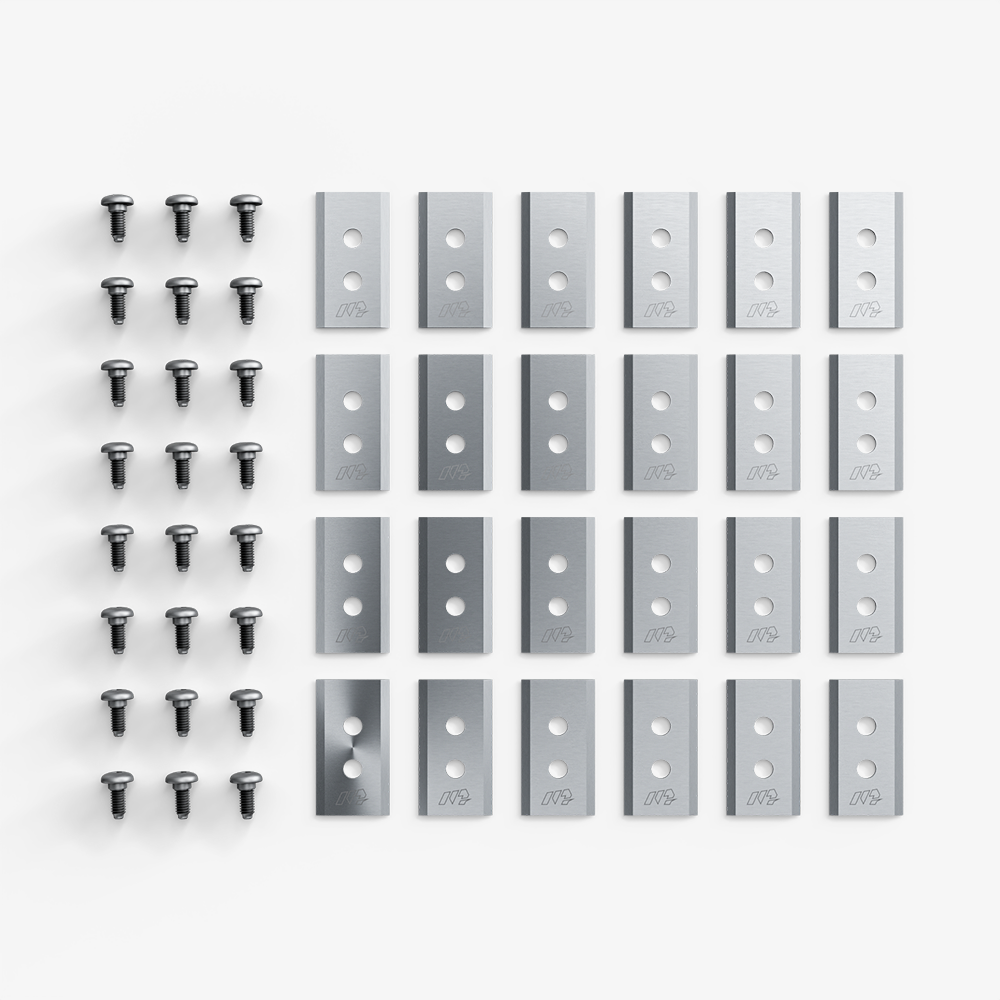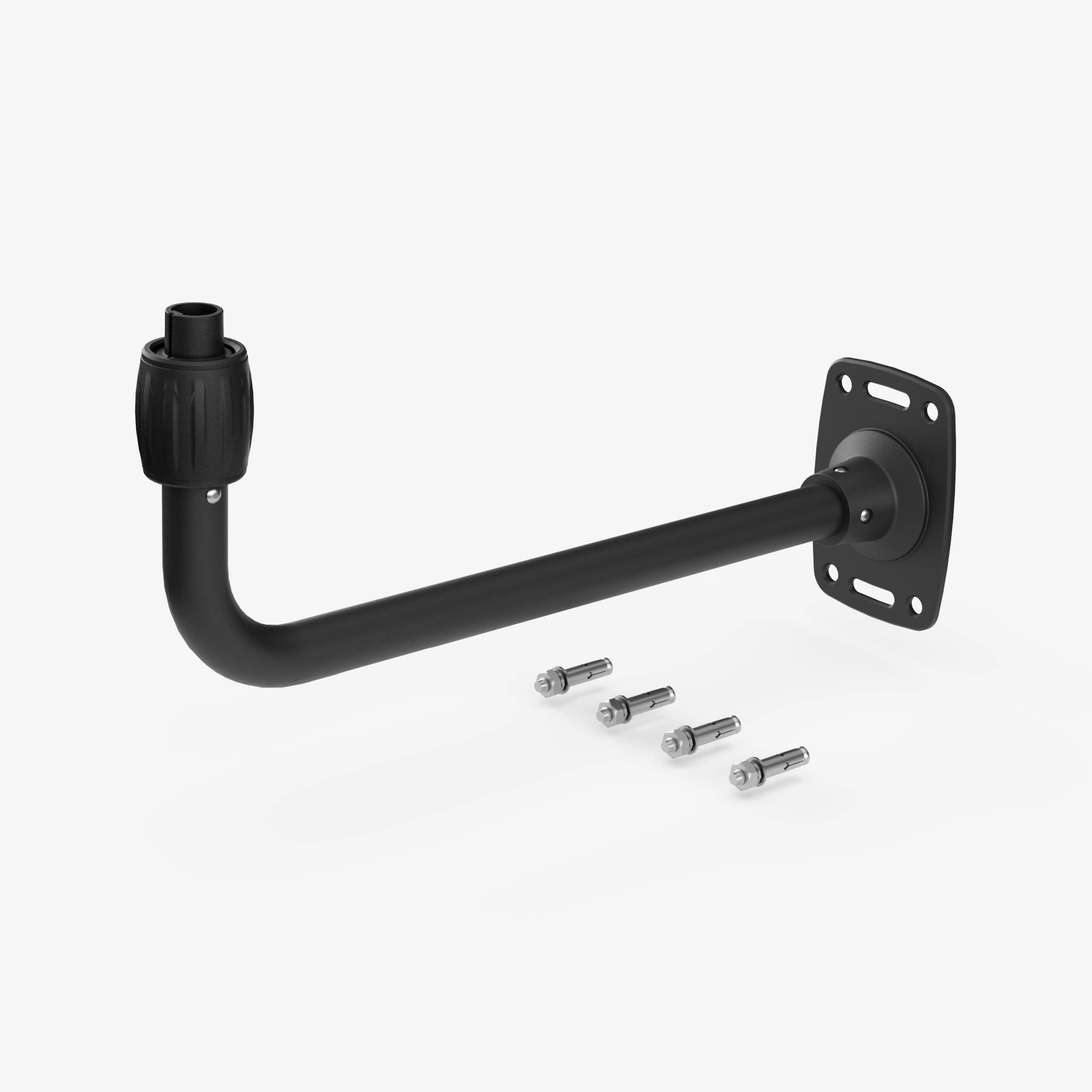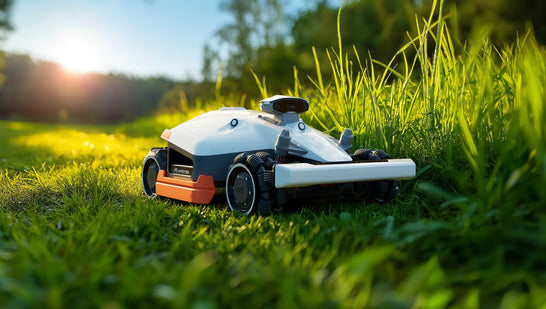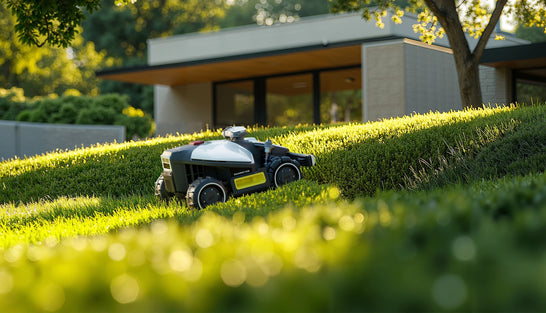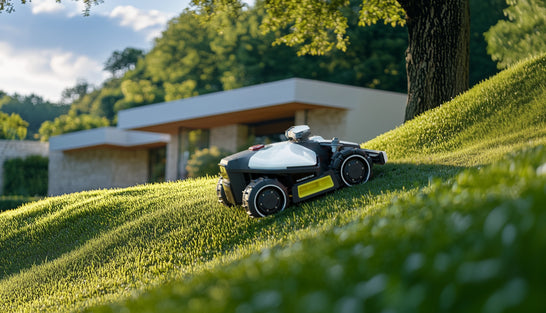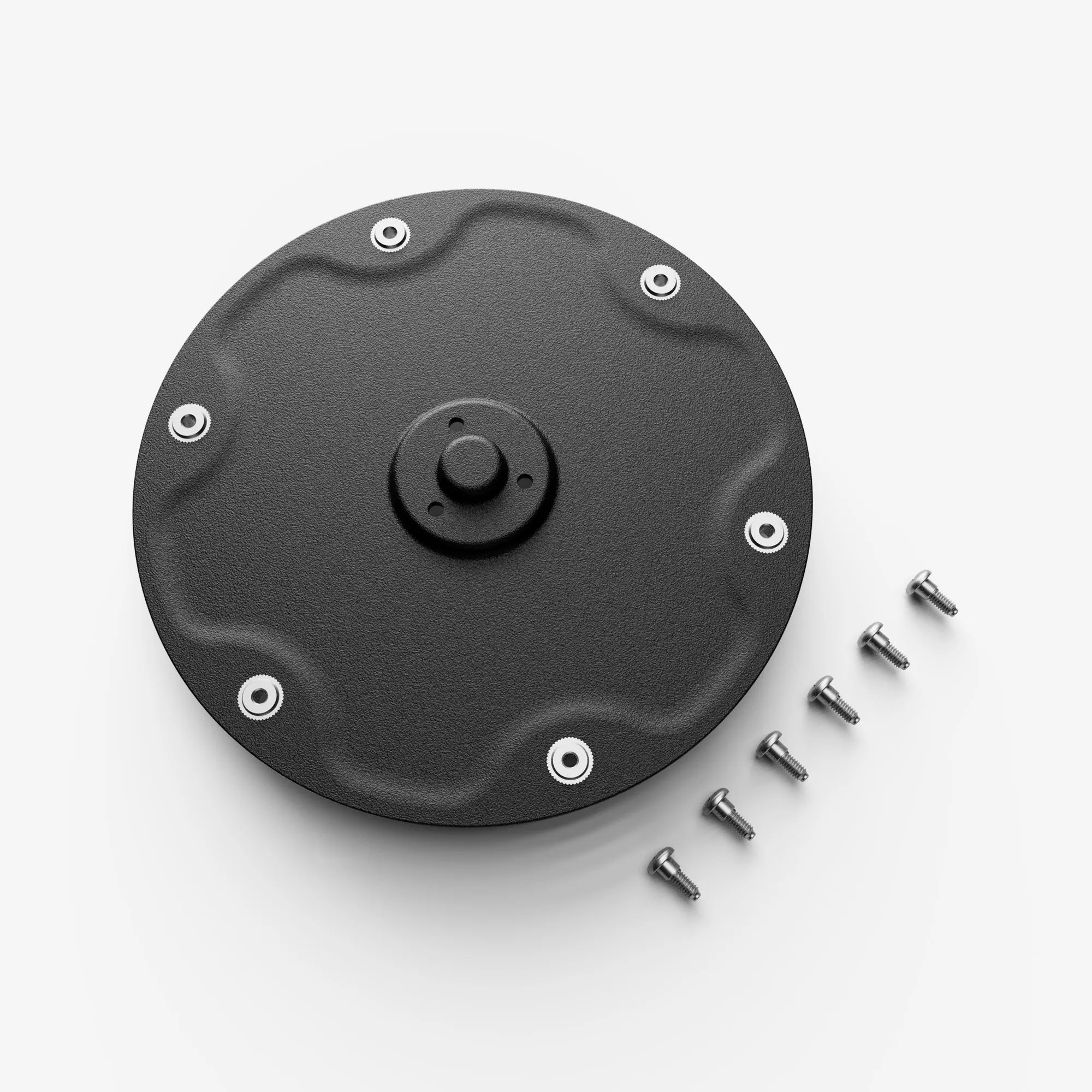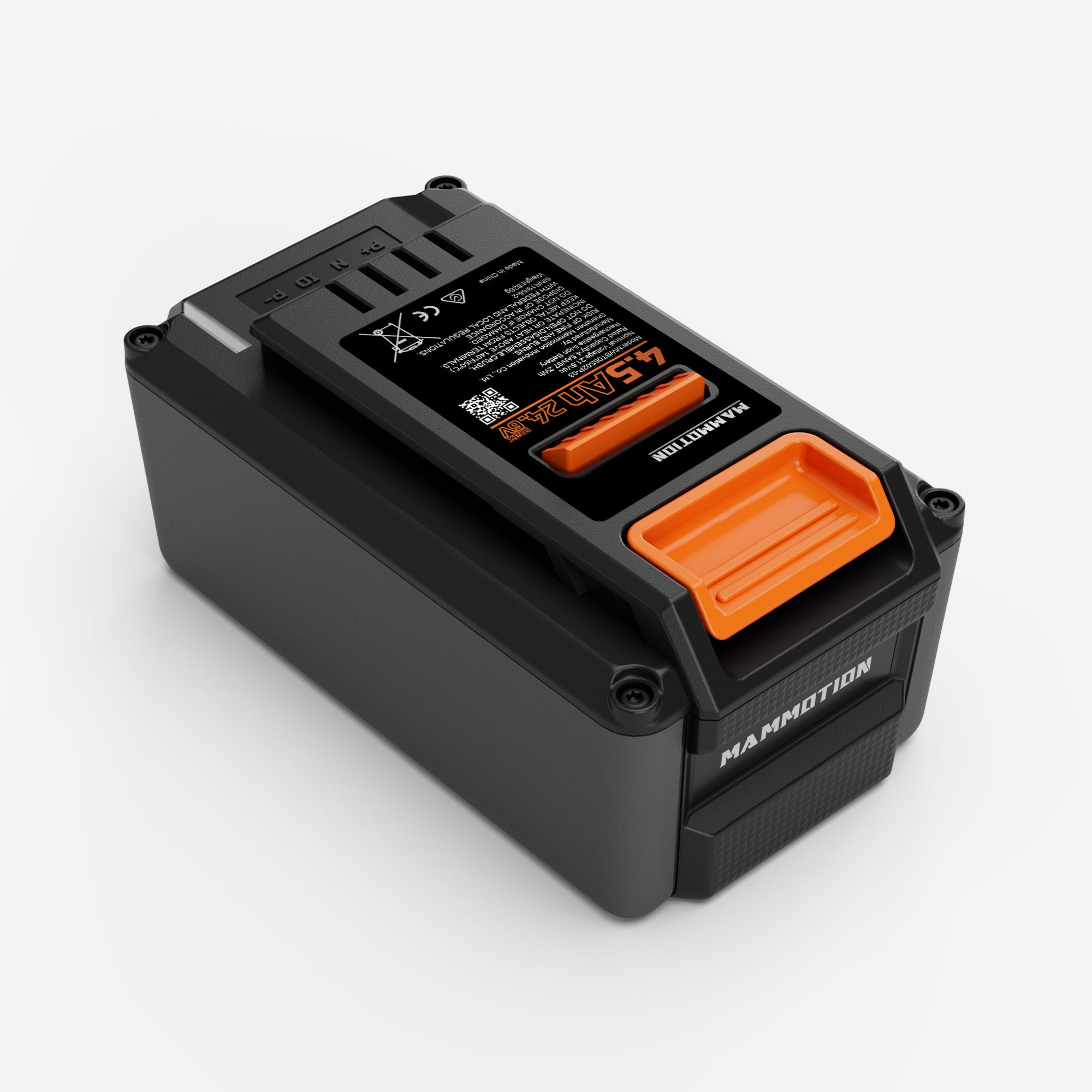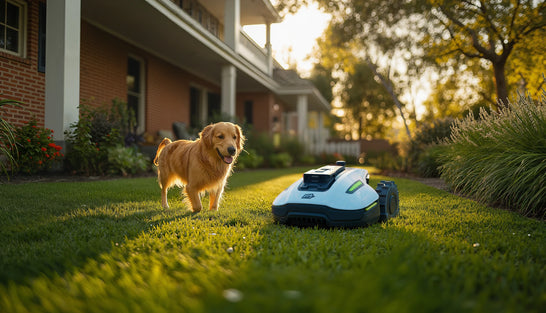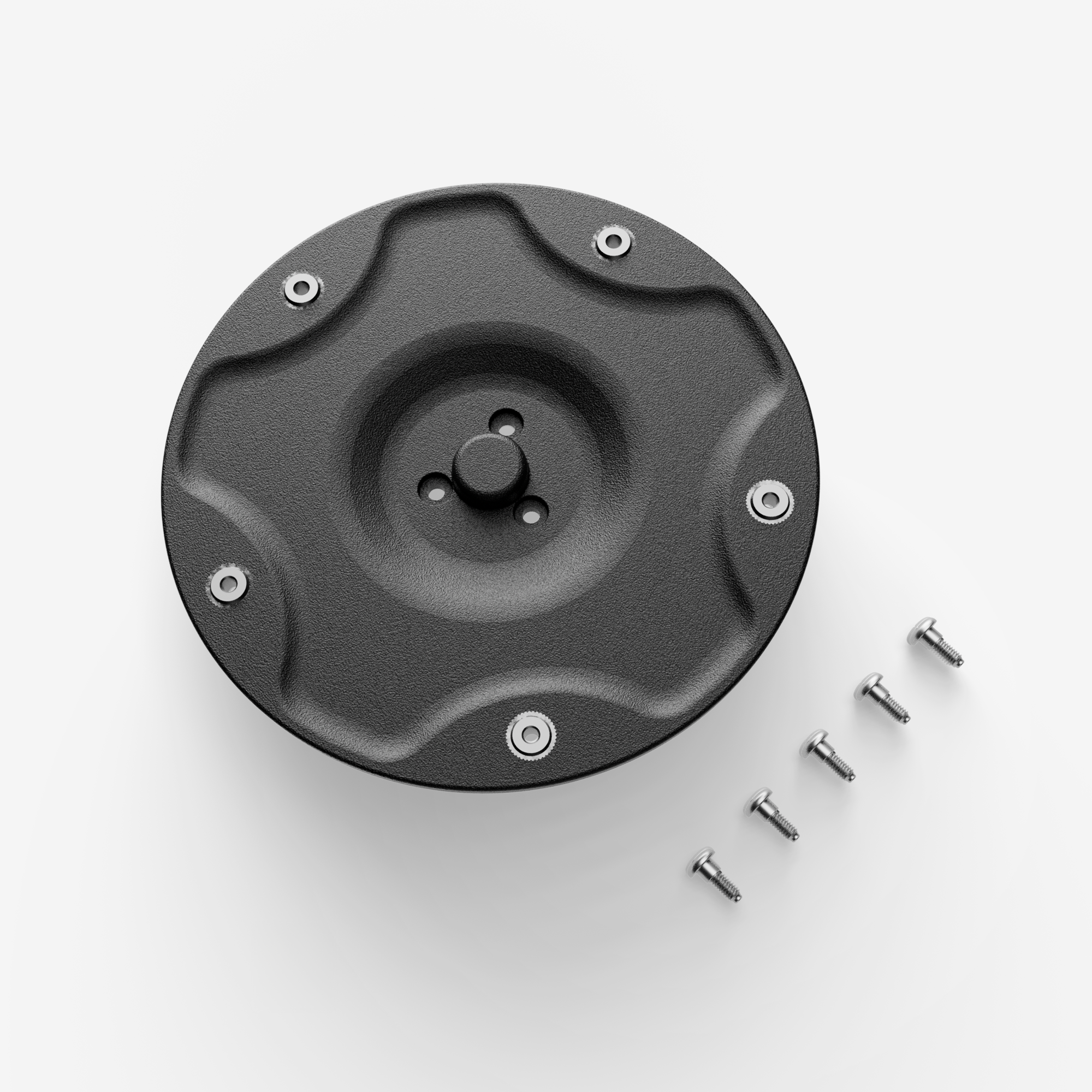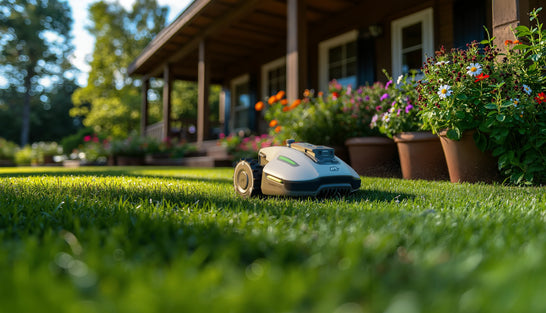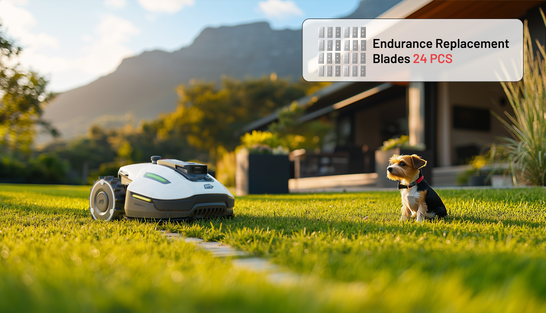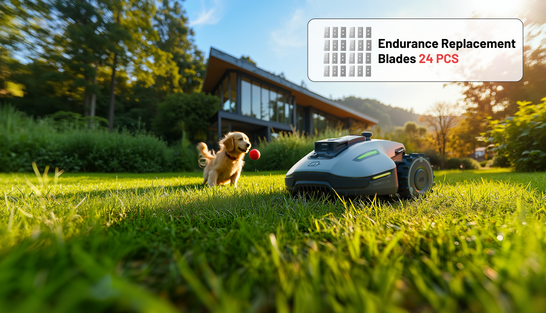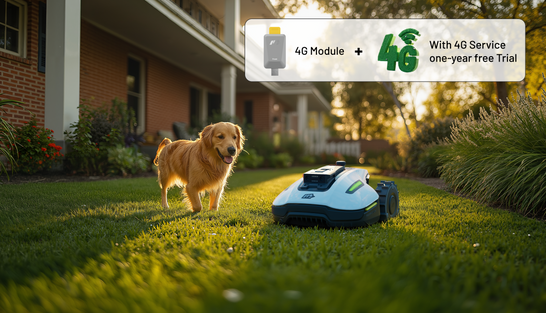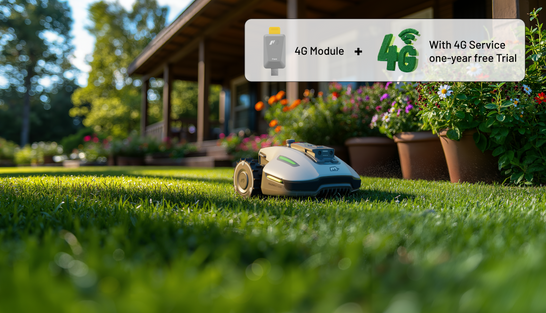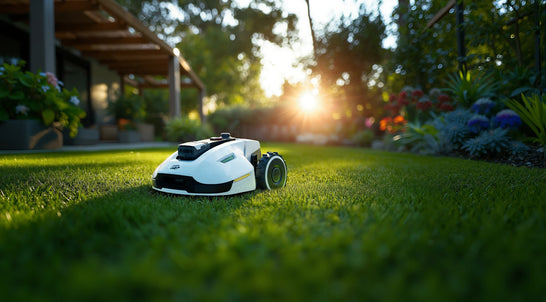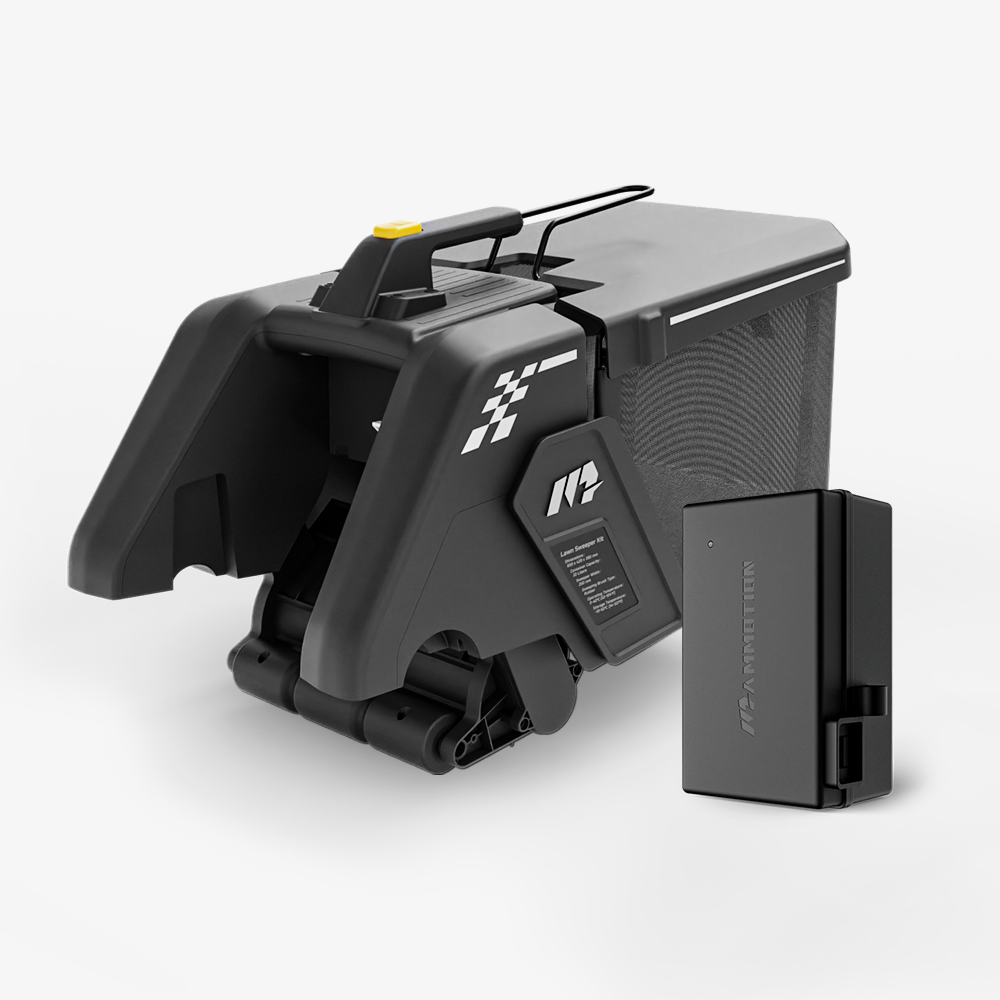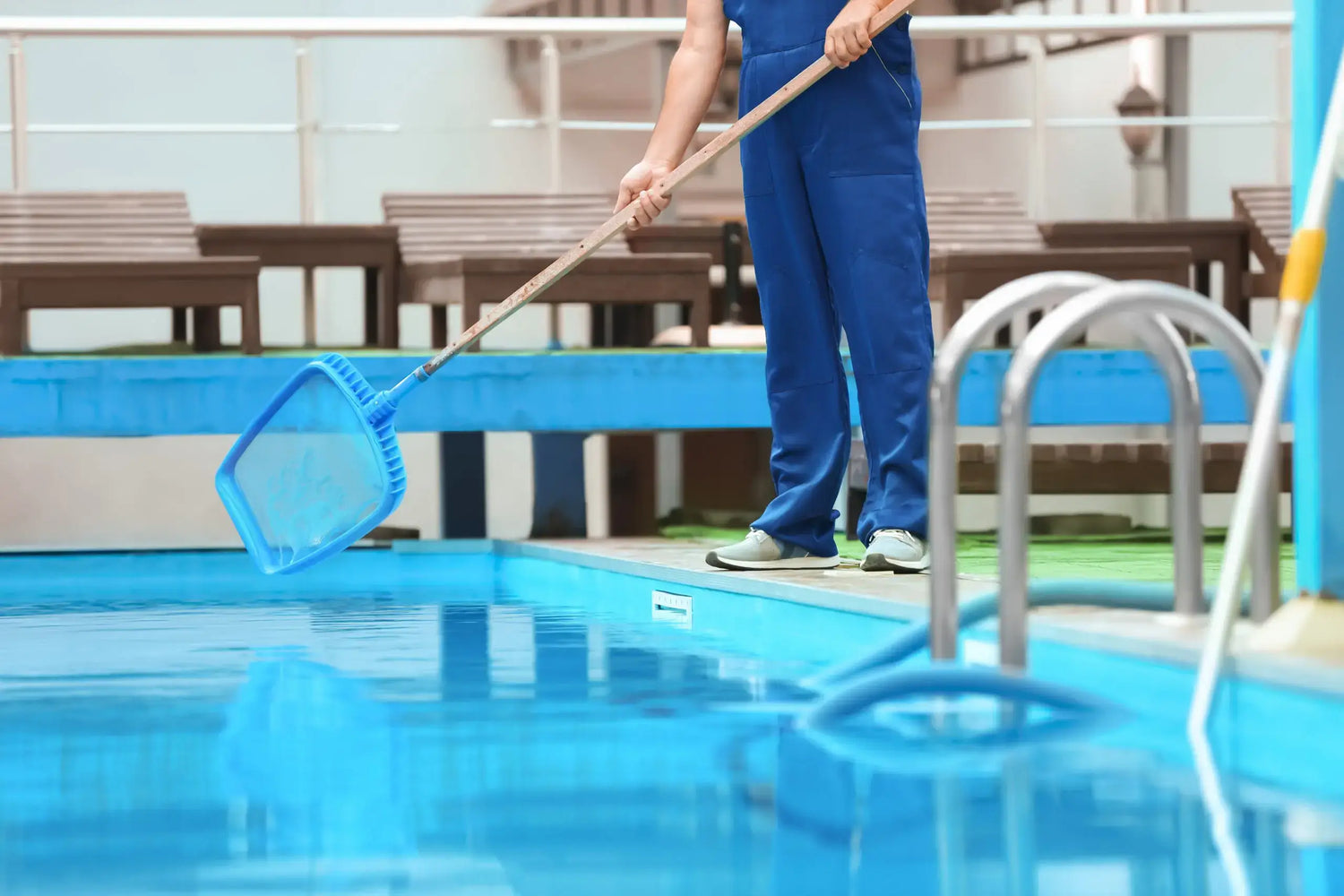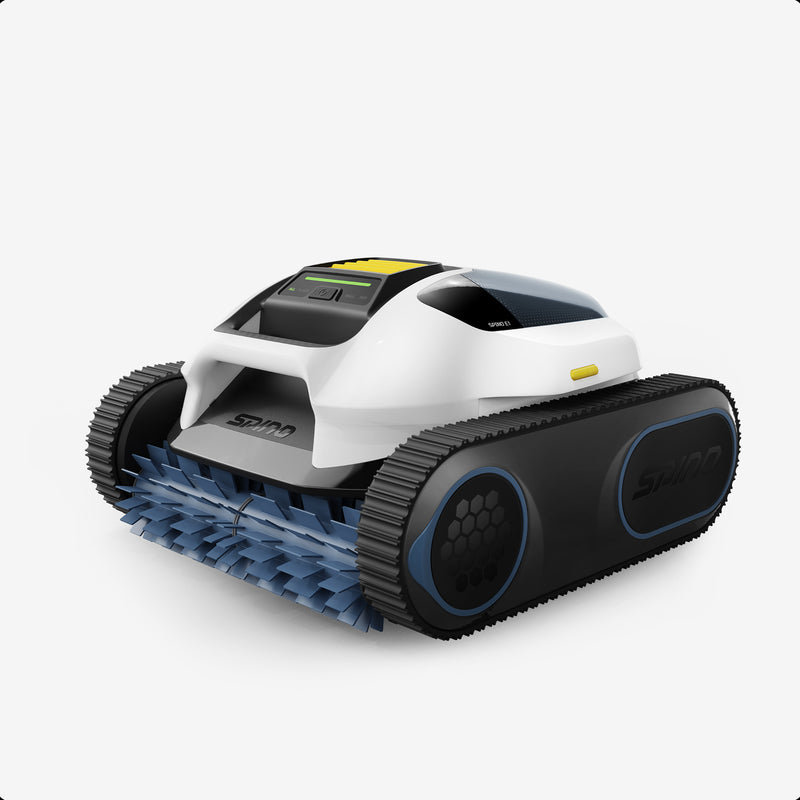Owning a swimming pool is a luxury, but it’s also a responsibility. Clean, well-balanced water isn’t just about looks—it’s about safety, comfort, and protecting your investment. For new pool owners, the thought of chemicals, filters, and equipment can seem overwhelming.
Here’s the good news: if you dedicate about 30 minutes a week and follow a consistent routine, you can keep your pool sparkling with minimal stress. The foundation of pool care can be summed up in three C’s: Cleaning, Circulation, and Chemistry. Master these, and you’ll enjoy crystal-clear water all season long. Let's go into the details.
The Three C's of Pool Care
A. Cleaning: Keeping Your Pool Physically Clear
A clean pool isn’t just more inviting—it’s easier to maintain. Dirt, leaves, and debris don’t just make water look bad; they can clog filters, reduce circulation, and encourage algae growth. Here’s what every beginner should do:
1. Skim the Surface Daily (or As Often as You Can)
Your first line of defense is a skimmer net. Removing leaves, insects, and floating debris before they sink keeps your filter from overworking and prevents decay that can affect water chemistry.
Pro Tip: Choose a deep, bag-style skimmer net rather than a flat one. Bag-style nets trap debris more securely and prevent it from falling back into the water.
2. Brush the Pool Walls Weekly
Even if your water looks clear, microscopic algae spores can cling to surfaces. Brushing your pool walls—top to bottom—once a week disrupts algae growth and loosens dirt for your filter to remove.
For concrete pools, use a stiff nylon brush. For vinyl or fiberglass, choose a softer bristle to avoid scratching.
3. Vacuum the Pool Floor
Debris that sinks to the bottom must be removed to avoid staining and algae buildup. You have two main options:
- Manual pool vacuum – Inexpensive, but requires more time and effort to set up and use.
- Robotic pool cleaner – More costly upfront but highly efficient and often capable of scrubbing surfaces while collecting debris.
Pro Tip: If budget allows, invest in a robotic pool cleaner. They’re faster, more thorough.
4. Empty the Skimmer Baskets
The skimmer basket is your pool’s second line of defense after surface skimming. It captures floating debris before it reaches the pump. Check and empty it at least once a week—or more often in windy seasons or after storms.
Safety Tip: Always check for insects or small animals before reaching inside. Wear gloves if you’re unsure.
5. Maintain the Pump Basket
Inside your pump housing is another basket that traps smaller debris. Cleaning it weekly helps maintain water flow and reduces strain on the pump motor.
When removing the basket:
- Turn off the pump.
- Open the lid gently—avoid using your foot to pry it open, as that can crack the housing.
- Empty and rinse the basket.
- Re-prime the pump by filling it with water before restarting.
6. Care for Your Filter
- Your filter—whether cartridge, sand, or diatomaceous earth (DE)—removes fine particles from the water.
- Cartridge filters should be rinsed with a hose when pressure increases 8–10 psi above baseline. Replace them when cleaning no longer lowers pressure.
- Sand and DE filters require periodic backwashing and media replacement according to manufacturer guidelines.
- Knowing your filter’s normal operating pressure (usually 10–15 psi for many systems) is key. Record it somewhere visible so you can easily spot performance changes.
B. Circulation: Moving Water is Healthy Water
Circulation keeps water clear and evenly distributes chemicals. Without proper movement, algae and bacteria can grow in stagnant areas.
1. Aim for Consistent Pump Run Times
As a rule of thumb:
- Winter: Minimum of 6 hours per day.
- Summer: Add 1 hour of run time for every 10°F increase in water temperature.
- Most pools do well with 8–12 hours of circulation daily, but this depends on pool size, pump efficiency, and climate.
2. Upgrade to a Variable-Speed Pump if Possible
Variable-speed pumps can adjust power levels for different tasks, saving electricity while maintaining water movement. For example, run at high speed when heating the pool, then drop to a lower speed for daily circulation.
3. Keep Water Levels Stable
Your water level should always be high enough for the skimmer to work efficiently—usually halfway up the skimmer opening. Low water can cause air to enter the pump, risking damage.
4. Seasonal Adjustments
- Hot weather: Increase run time to prevent algae blooms.
- Cool weather: Reduce hours but keep some circulation to avoid stagnation.
- Freezing climates: Either winterize your pool or run the pump to prevent ice formation.
C. Chemistry: Balancing Your Pool’s Water
Water chemistry ensures your pool is safe for swimmers and gentle on equipment. Balanced water prevents corrosion, scaling, and cloudy water.
1. Test Weekly
Use reliable test strips or a digital tester to check the following levels:
- pH: 7.2–7.6
- Total Alkalinity: 100–150 ppm
- Free Chlorine: 1–3 ppm (closer to 3 in hot weather)
2. Maintain Chlorine Effectiveness
Sunlight can break down chlorine within hours. Use a stabilizer (cyanuric acid) to protect it, especially in sunny climates. Without it, you’ll burn through chlorine quickly.
3. Special Notes for Saltwater Pools
Saltwater generators produce chlorine automatically but may be less effective in cooler water. If chlorine drops, add it manually until water warms above about 75°F. Check salt levels annually or after heavy water loss.
4. Add Chemicals Safely
- Always follow label directions.
- Pre-dissolve dry chemicals in a bucket before adding to the pool.
- Keep acids and chlorine separate—never mix them.
- Run the pump for at least 24 hours after adding acid to ensure full circulation.
Keeping chemistry in range is the most important habit you can build. It’s easier to maintain balance than to fix problems after they start.
Seasonal Adjustments for Cleaning the Pool
Your pool’s needs change throughout the year. Adjusting cleaning, circulation, and chemistry routines keeps maintenance efficient and water safe.
Spring:
- Test water more frequently as temperatures rise.
- Remove any winterizing equipment and restart circulation gradually.
- Brush and vacuum thoroughly to remove pollen and organic debris.
Summer:
- Increase pump run time and chlorine levels.
- Skim daily if trees, wind, or swimmers bring in extra debris.
- Test chemistry at least twice a week during heatwaves.
Fall:
- Remove leaves quickly to prevent staining and excess organic load.
- Begin lowering pump run time as temperatures drop.
- Prepare for possible closing or reduced operation.
Winter:
- In freezing climates, winterize your pool—drain certain lines, lower water levels, and cover the pool.
- In mild climates, run the pump a few hours daily to prevent stagnation.
Time and Cost Expectations of Cleaning the Pool for Beginners
Maintaining a pool doesn’t have to be expensive or time-consuming if you keep a regular routine.
Weekly Time Commitment: About 30 minutes for skimming, brushing, testing, and emptying baskets. Robotic pool cleaners can reduce this to 10–15 minutes.
Monthly Chemical Costs: $20–$50 for chlorine, stabilizer, pH adjusters, and other basics (varies by climate and pool size).
Annual Equipment Costs:
- Filter cartridges: $50–$200 (every 1–3 years)
- Robotic cleaner replacement or major repair: $500–$1,000 (every 4–6 years)
- Pump or motor service: $100–$300 if needed
Pro Tip: Spending a little on preventative care (UV protectants, quality covers) can save hundreds in equipment replacement later.
Common Beginner Mistakes to Avoid When Cleaning Pools
- Ignoring Small Debris: Leaves and dirt can sink, stain surfaces, and overload filters.
- Letting Water Levels Drop: Low water can cause air to enter the pump, leading to costly repairs.
- Skipping Chemistry Checks: Even clear water can be unsafe if pH or chlorine is out of range.
- Over- or Under-Circulating: Too little run time causes cloudy water; too much wastes energy.
- Improper Chemical Handling: Pouring chemicals directly into the pool without dissolving can damage surfaces.
Final Tips for Stress-Free Pool Ownership
- Stick to a Schedule: Designate a “pool day” each week for cleaning and testing. Consistency prevents 90% of common problems.
- Log Your Readings: Keep a simple notebook or use a pool maintenance app to track chemical levels and adjustments. Patterns will help you predict needs before issues arise.
- Invest in Quality Tools: A sturdy skimmer net, reliable test kit, and durable brush will last longer and work better than cheaper alternatives.
- Protect Your Equipment: Use UV protectant spray on exposed plastic parts and cover equipment when not in use to prevent sun damage.
- Get an Annual Check-Up: Even if you handle regular care yourself, having a pool professional inspect pumps, heaters, and plumbing once a year can catch small issues before they become expensive repairs.
Conclusion
Caring for your pool doesn’t have to be complicated or intimidating. By focusing on the three C’s—Cleaning, Circulation, and Chemistry—you’ll create a simple, repeatable system that keeps your water sparkling and safe all season long.
Start small, stay consistent, and don’t be afraid to ask for professional advice when you’re unsure. With just a little time each week and the right tools, you’ll transform pool maintenance from a chore into a habit that protects your investment and maximizes your swimming enjoyment.
Remember: A well-cared-for pool rewards you with crystal-clear water, fewer repairs, and more time to relax and enjoy the reason you got a pool in the first place.
Frequently Asked Questions
1. What’s the most efficient way to clean a pool?
Start with a solid routine: test chemical levels, empty skimmer and pump baskets, vacuum (shallow to deep end), brush walls, backwash if needed, then rebalance chemicals. Doing this weekly helps avoid algae, imbalances, and expensive fixes.
2. How long should my pool pump run each day?
Generally, running the pump 8–12 hours daily ensures thorough water circulation and keeps debris and algae at bay. Adjust timing for climate and pool use.
3. How often should I test and shock my pool water?
Test water 1–2 times per week to ensure levels are in range. Shock your pool bi-weekly—or more after heavy use, storms, or cloudy water—to maintain cleanliness.
4. Which test kit should I use as a beginner?
Best overall: Poolmaster 5-Way
Easiest to use: AquaChek 7-Way Strips
Advanced digital option: LaMotte ColorQ 2X PRO with Bluetooth app integration.
5. Why is brushing my pool walls important?
Brushing—especially around ladders, steps, or ledges—prevents algae and scaling. Use appropriate bristles: stiff for concrete, soft for vinyl or fiberglass.
6. How can I reduce chlorine loss from sunlight?
Use a stabilizer (cyanuric acid) to protect chlorine from UV degradation. Without it, chlorine burns off quickly, requiring more frequent dosing.
7. Are saltwater pools lower maintenance?
Saltwater systems generate chlorine automatically, but they still require the same regular cleaning, circulation, and chemistry checks. Cold weather can affect their performance—manual chlorine may be needed until temperatures rise.
8. How often should I replace the pool water?
For long-term health and clarity, plan to drain and refill every 2–3 years to reduce mineral buildup and contaminants.
9. Can I improve effectiveness using filter socks?
Yes. Placing filter socks over skimmer baskets catches finer debris and extends the life of your main filter.
10. What do seasoned pool professionals advise beginners?
Alkalinity is very important. pH is very important. Stabilizer should be understood. Chlorine should only be used in moderation…

